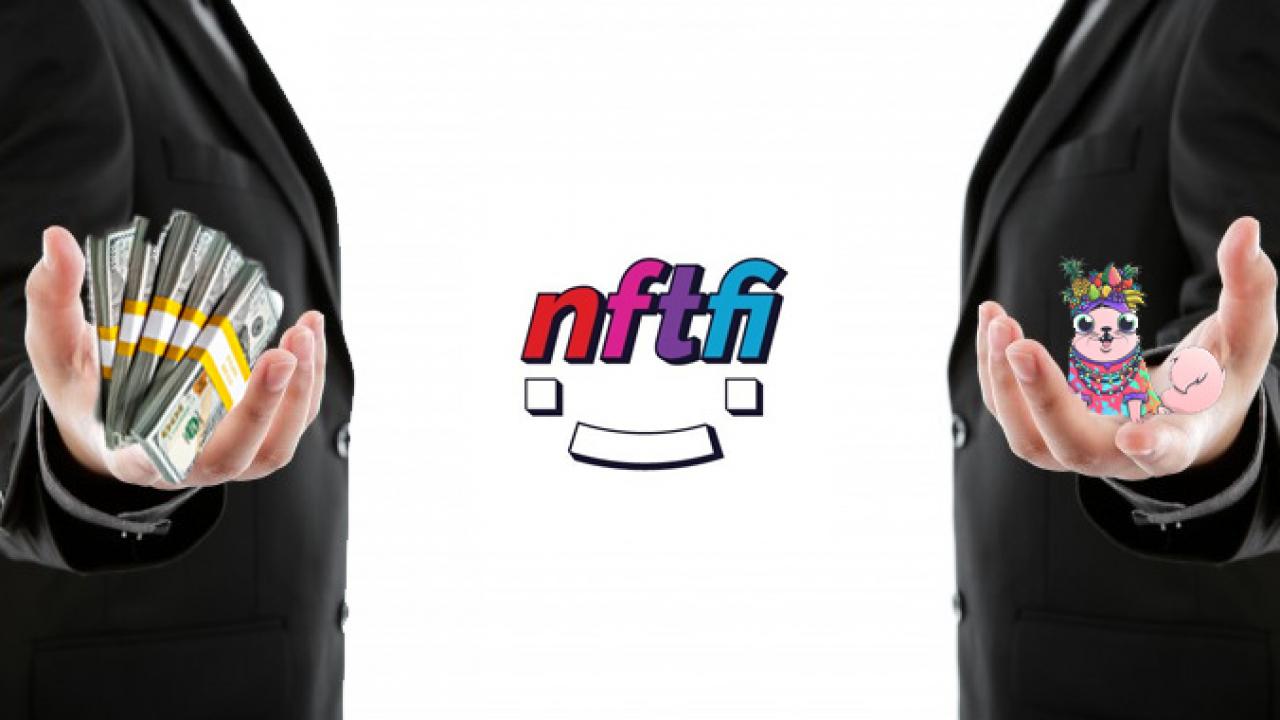New Experiment in NFT Liquidity: Can BendDao's Peer-to-Pool Protocol Solve the Liquidity Problem?
Original Title: "BendDao------A New Paradigm of NFT Liquidity Protocol for Peer-to-Pool"
Written by: Lao Yapi
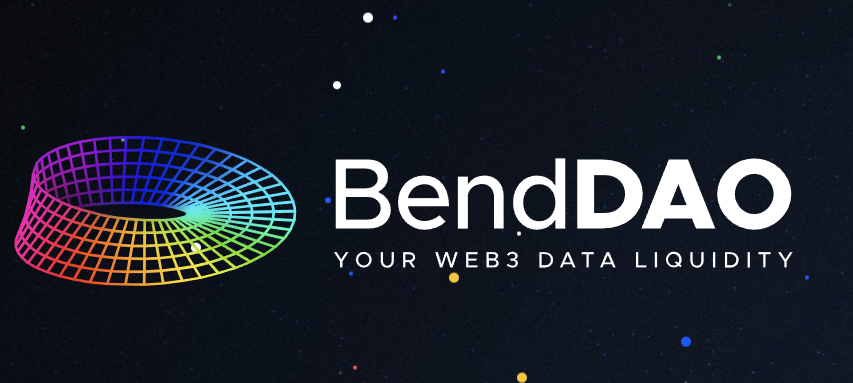
BendDAO
On April 22, 2022, according to a tweet from BendDAO's official account, the NFT liquidity protocol BendDAO has provided over 4000 ETH in funding for six blue-chip NFT (BAYC, CryptoPunks, MAYC, Azuki, CloneX, Doodles) mortgagors just 30 days after its launch. Currently, the total value locked in the protocol has exceeded 16,000 ETH.
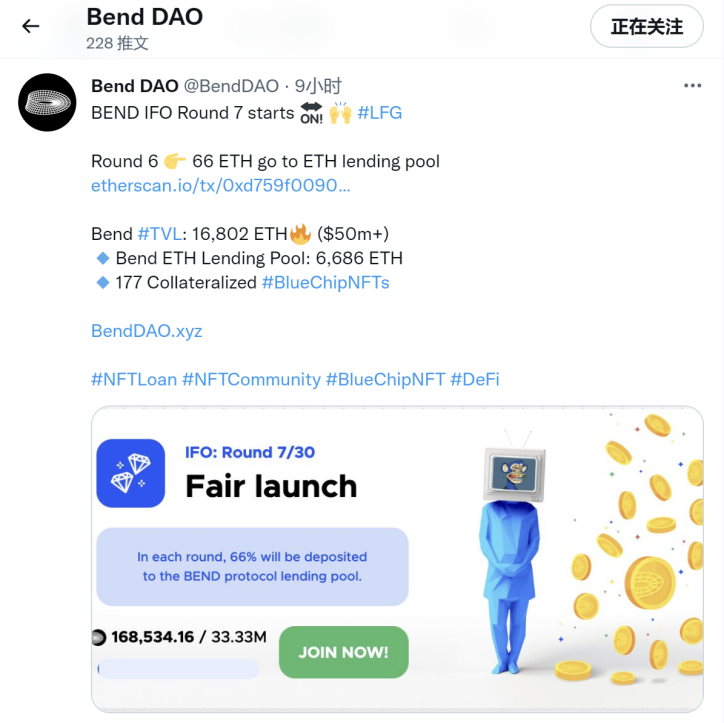
What is BendDAO?
BendDAO is the first peer-to-pool NFT liquidity protocol created based on decentralized technology. Depositors can earn interest by providing ETH liquidity to the loan pool, while borrowers can use specific types of blue-chip NFTs as collateral to borrow ETH from the loan pool. The Bend protocol solves the liquidity problem of NFTs by converting NFT assets into boundNFTs, which are ERC721 standard tokens.
The Liquidity Dilemma of NFTs
Despite the current positive development trend in the NFT market, we must acknowledge that the entry barriers are rising. The floor prices of top NFTs often reach dozens or even hundreds of ETH, and the high capital investment has gradually turned the entire market into a playground for high-end players, making it extremely difficult for small-cap consumers to purchase top NFTs, relegating them to mere spectators.
Even so, the entry barrier is not the most pressing issue at present. One of the biggest obstacles facing today's NFT market is still the lack of liquidity.
Liquidity refers to the efficiency with which an asset can be converted into cash without affecting its market price. The most liquid asset is cash itself. In other words, liquidity describes the extent to which an asset can be quickly bought or sold in the market at a price that reflects its intrinsic value. To some extent, the higher the trading volume of an asset, the stronger its liquidity. This is because higher trading volume indicates that the asset can be traded at a fair market price.
The lack of liquidity in NFTs is largely due to the unique characteristics of NFT assets themselves, and there are significant differences between NFTs of the same series, making transactions heavily influenced by subjective factors. This often leads to a lack of a unified pricing standard for NFT assets, making valuation quite difficult. Therefore, in the NFT market, if consumers are optimistic about an NFT and intend to hold it long-term, the funds used to purchase that NFT are essentially locked up for a long time (and indefinitely) without compensation. As a result, investors must carefully calculate the proportion of their investment portfolio allocated to NFTs before purchasing, in order to ensure liquidity while seeking profits.
Currently, a comprehensive liquidity solution is one of the most lacking components in the NFT ecosystem. Many users' NFT assets in their wallets can only be used in specific games or platforms; outside of these games and platforms, their NFT assets can only sit idle in their wallets. Undoubtedly, a mature NFT ecosystem needs to address the liquidity issue, as only by breaking the shackles of low liquidity can the infinite economic potential of NFTs be unleashed. At that time, people can trade NFTs at fair market prices at any time and also earn some income from NFTs sitting idle in their wallets.
Bend Protocol ------ A New NFT Collateral Lending Protocol
Before the emergence of the Bend protocol, there were two mainstream NFT liquidity protocols: fragmentation protocols and collateral lending protocols. Among them, collateral lending protocols are typically divided into three models: peer-to-peer (P2P), liquidity pool, and centralized models. The biggest innovation of the Bend protocol lies in its creation of a new collateral lending protocol based on peer-to-pool.
Under this model, borrowers (NFT holders) can bundle their NFTs into a single token (boundNFT) through the Bend protocol, thus existing as a single collateral unit.
boundNFT is a mirror NFT bundled with the original NFT, essentially an ERC-721 token, minted and burned during borrowing and repayment, representing the NFT used as collateral by the token holder. boundNFT aims to provide a vault function with complete security and the same digital self-expression. Additionally, boundNFT has the same metadata and token ID as the user's original NFT, meaning users can use boundNFT as a social media PFP in their wallets.
boundNFT tokens are pegged 1:1 to the original NFTs. All tokens held by the holder can be easily integrated into NFT wallets and social media.
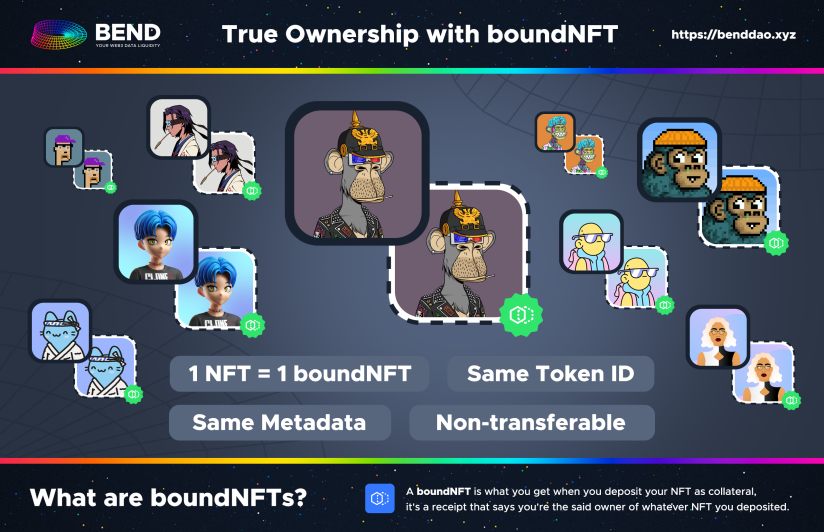
According to the Bend protocol, borrowers have the following rights:
- Initiate instant NFT lending contracts to borrow ETH from the pool.
- Repay ETH at any time to maintain the NFT collateral ratio.
- Retrieve the NFT upon repaying the NFT loan.
Additionally, the borrowing interest rates are shown in the figure below.
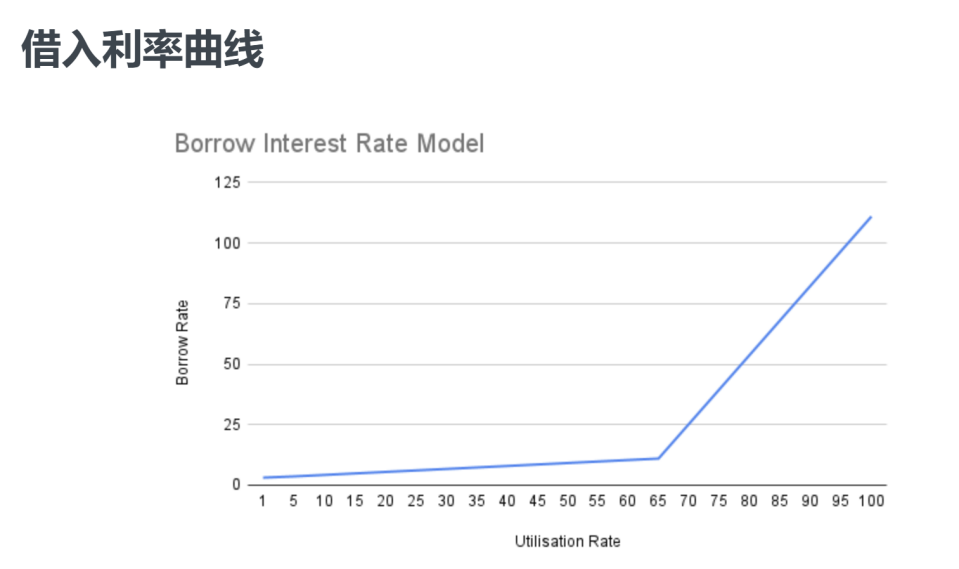
On the other hand, depositors (lenders) can deposit/extract ETH into/from the reserve pool and earn returns by providing liquidity, with their yield rates shown in the figure below.
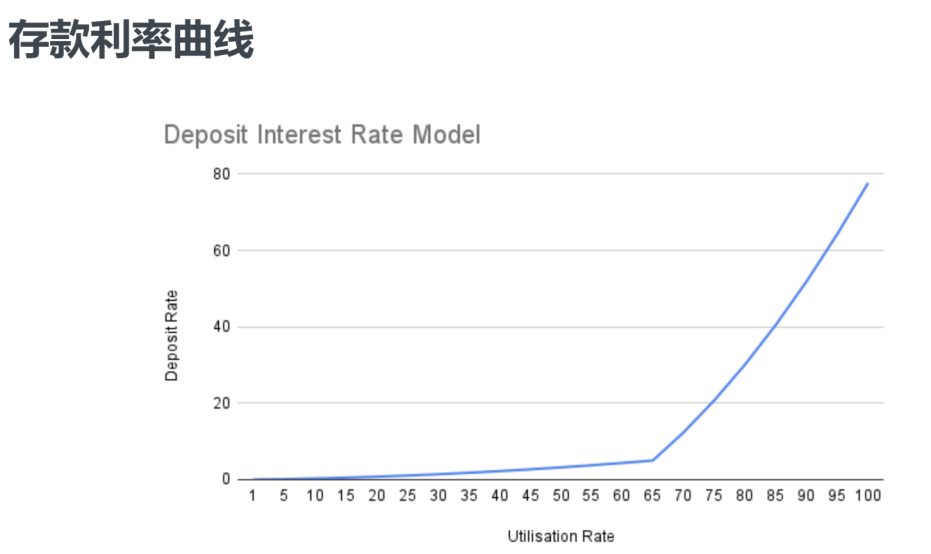
Token Economic Model
The internal token of the BendDAO project is the Bend Token, with an initial total supply of 10 billion tokens. The specific allocation is shown in the figure below:
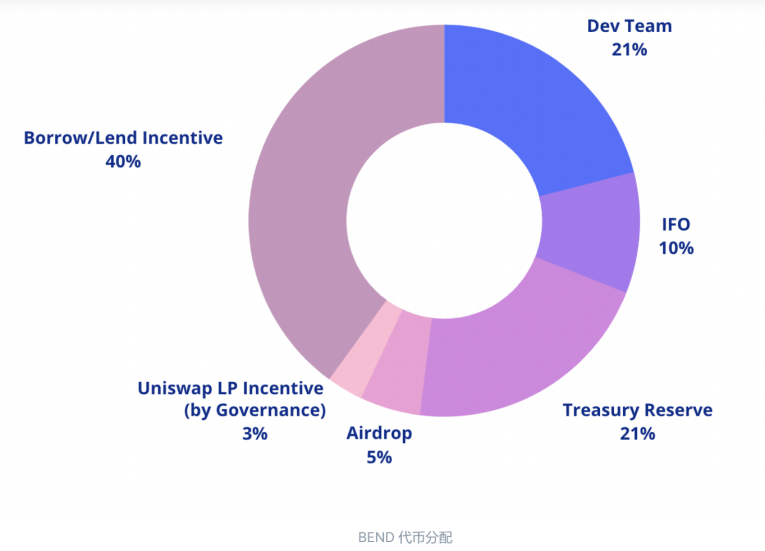
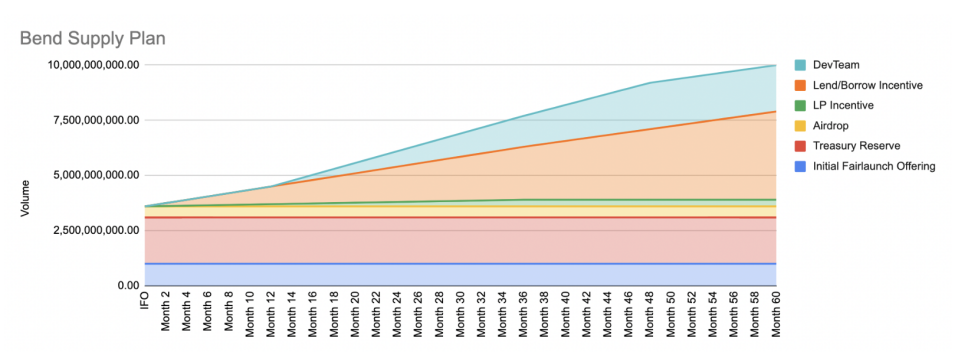
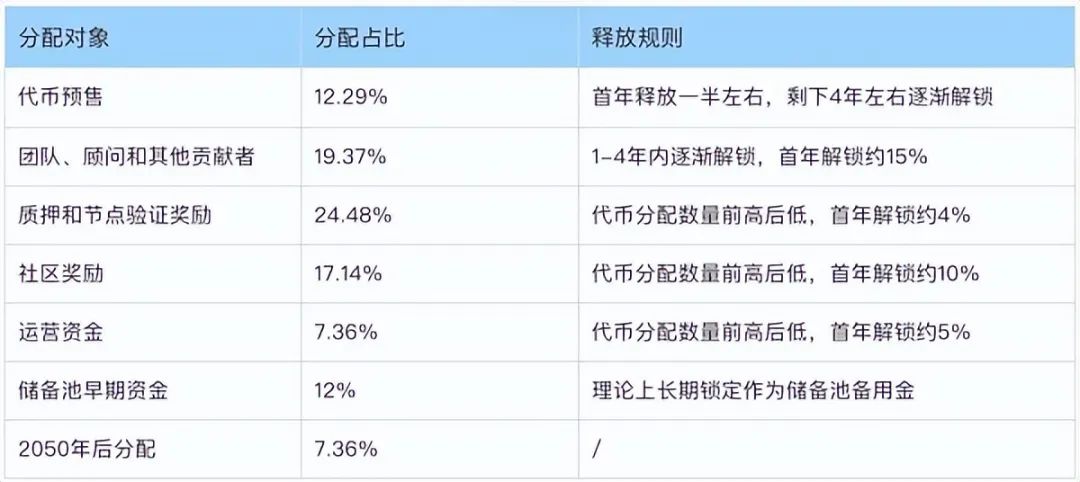
Bend Token is the governance token of BendDAO, and its holders can stake Bend to obtain Bend tokens for community governance ------ veBend.
veBend is a non-standard ERC20 token used in snapshots to determine the voting power of each account. veBend is non-transferable. The only way to obtain it is by staking and locking BEND. The maximum lock-up period is four years. A locked Bend in the pool provides an initial balance of one veBend. The user's veBend balance decreases linearly as the remaining time for unlocking the staked Bend decreases.
veBend has two main use cases:
1. Voting for Pooling NFTs
Participating in BendDAO governance voting requires having Bend (veBend) tokens for community governance voting in the wallet. Stakers of Bend tokens (i.e., veBend holders) have the right to vote on which NFTs qualify as collateral types supported by the Bend protocol for borrowing ETH and providing liquidity. As long as the liquidity of supported NFTs improves, all NFT holders will benefit.
veBend holders can vote to select 4 out of 7 blue-chip NFTs for pooling, and the successfully pooled NFTs will receive support from the initial ETH lending pool. The 7 NFT series are Mutant Ape YC, Cool Cats, Doodles, CLONE X, Azuki, World of Women, and Cyber Kongz. Currently, four blue-chip NFTs have been selected for pooling: MAYC, Azuki, CloneX, and Doodles. Along with the default pooled BAYC and CryptoPunks, lending services are now supported for six blue-chip NFTs.
As for whether there will be further expansion of the types of NFTs in the lending pool, it remains uncertain.
2. Sharing Protocol Revenue
Bend stakers (veBend holders) enjoy all the revenue from the Bend protocol.
Governance Mechanism
The Bend economy is driven by a governance forum (Snapshot Space) and uses Bend tokens to approve or veto Bend Improvement Proposals (BIPs). This process aims to ensure that proposals are widely discussed before being pushed on-chain, thereby ensuring their rationality and necessity as much as possible. All Bend tokens in the market can be used to vote on BIPs or delegate votes to Bend protocol politicians to vote on their behalf.
The specific governance process is as follows:
- The community creates a BIP.
- The community evaluates the BIP, collects feedback, and makes improvements.
- The community signals the implementation of the proposal.
- The founding team implements the proposal and submits it for community governance.
- Community members evaluate the implementation and approve or veto the proposal.
Risks and Limitations
Currently, the overall liquidity of the NFT market is poor, but comparatively, blue-chip NFTs gather the best liquidity in the NFT market, while the liquidity dilemma mainly concentrates on startup and mid-tier NFT projects. As a new NFT liquidity solution, BendDAO currently only supports a few blue-chip NFTs for collateral lending. In other words, it has assigned liquidity to relatively less liquidity-deficient objects, essentially failing to address the urgent issues of today. Additionally, the number of people holding blue-chip NFTs is very limited, which means that the potential user base for BendDAO currently consists of only a few thousand people, naturally limiting its development.
In the future, the project team may further broaden the range of NFTs in the lending pool, and perhaps one day mid-tier and startup NFTs will also have the opportunity to enter the lending pool. However, if that day comes, the overall liquidity of the NFT market may improve, but the project team will have to consider new risk issues. Blue-chip NFTs, as the market leaders, have a certain price guarantee, making them relatively low-risk collateral. In contrast, the value judgment of ordinary NFTs still presents some difficulties, and with market fluctuations, liquidation risks will be further amplified. Furthermore, under the voting model for deciding which NFTs to pool and supporting NFT flash loans, it is difficult to say that there is no risk of being attacked, so the improvement of the project's oracle mechanism is a matter of concern.
Thus, it is not difficult to see that using NFT collateral lending to solve liquidity issues seems to be caught in a dilemma. This also means that the current NFT market indeed needs a more reasonable pricing mechanism.
Potential Analysis
Although the overall NFT collateral lending track still has issues (imperfect underlying architecture), it cannot be denied that it is a necessary exploration of NFT liquidity solutions.
BendDAO has further innovated the model based on this, and as the first mover, it naturally has a certain first-mover advantage. The collateral lending targets it focuses on are mainly blue-chip NFTs. Imagine if blue-chip NFT holders pledge their NFTs into the BendDAO lending pool; even if similar projects emerge later, holders are unlikely to consider switching lending pools, which reflects the first-mover advantage.
Currently, BendDAO has integrated Chainlink Keepers on the Ethereum mainnet to decentralize the fee distribution function of BendDAO. Chainlink is the most widely used and time-tested decentralized oracle network in the blockchain ecosystem, characterized by decentralization, efficient execution, low costs, and reliability. Chainlink Keepers is a decentralized service provided by Chainlink, and this introduction will undoubtedly further enhance the security and reliability of the Bend protocol.
Additionally, as mentioned in the opening news, BendDAO's total locked amount has reached 16,000 ETH, just a month after its launch. In such a short time, a considerable degree of consensus has been formed, reflecting the market's positive attitude towards BendDAO. Therefore, I believe this project is currently worth paying attention to and looking forward to.










